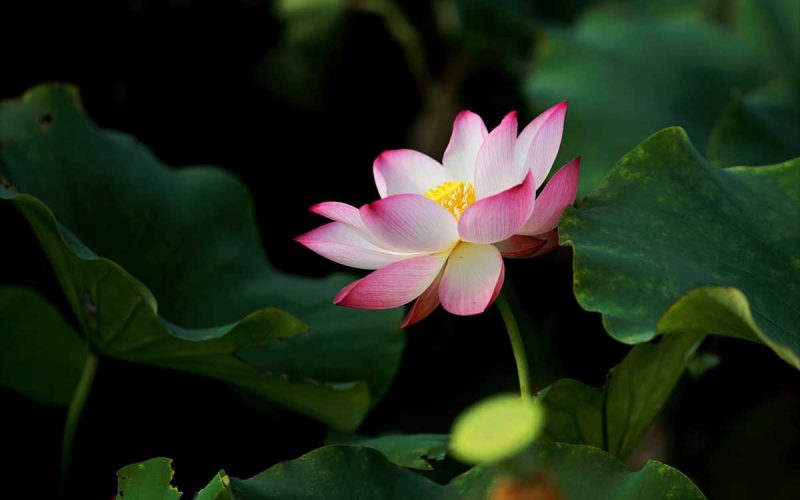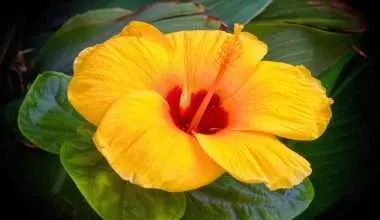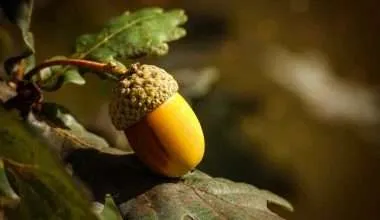Table of Contents Show
A flower having a blooming structure reflects the confluence of two powerful and equally pivotal forces, utility and splendor. Over 150 million years ago, plants which produced pollen used wind to disperse their spawn and pollen. Later on insects helped to take the process on the next level.
The prolonged process of co-evolution; pollinators and flowering plants changed each other. Some plants started to tinker their petals into proto-flowers. Having exquisite shapes, bold colors, strong aromas, ultraviolet beacons and resplendence attracted pollinators like bees in numbers.
Additionally, flowering plants helped to magnetize species with fruits, nectar and grains. Along with many organisms, flowers also contributed to a healthy ecosystem.
Below are some of the benefits of flowering plants and how they’ve evolved to be the ever-loving plants!
Refreshed air
Despite having a low profile, flowers play a pivotal role in the world’s ecosystem. Whether they are in the wild, sprouted in a garden, or decaying underneath; their presence creates an ecological balance in the world’s environment.
These plants absorb carbon dioxide and sift toxins from the atmosphere and release oxygen through photosynthesis which makes our planet habitable.
Hale and hearty soils
Many plants form a mutual relationship with bacteria or fungal colonies which helps enrich the soil around the plant. They break down the soil and promote aeration that greatly benefits host plants.
Legumes make the soil more fertile through the process of symbiosis along with nitrogen-fixing bacteria.
Extravagant Beauty
There is a hallmark of beauty concept which includes the taste of charm and audacity of a flower. This makes people to prefer growing flowers as compared to other plants.
Many experts from Handy Flowers, a popular florist, found to magnify this ethereal beauty. They breed hybrids which are new and have features tailored to personal tastes of people.
We are overwhelmed by nature with incandescent beauty which is why we should protect flowers before it’s too late. Many species of flowers have already gone extinct!
Foster biodiversity
To endure severe weather conditions from their native habitat, flowers impart their character and toughness. They have roots which pull moisture deep from the ground, require minimal care, and even thrive without biocides and fertilizers.
They also promote biodiversity as angiosperms grow and coexist with other flowers and don’t necessarily poach on each other’s resources.
Primary source of food for insects
Many angiosperms (flowers) are dependent upon insects as they are the pollinators in exchange for the flowers’ nutrient rich pollen, sweet nectar and shelter. It’s like a mutually beneficial relationship.
Some birds and bats have a taste of nectar whereas grazers consume grassland flowers for the complex substrates which are only to be found in flower petals. Many animals and humans feast on fruits. Angiosperms are one of the primary sources of the food chain in many habitats.
Toxic ‘avengers’ with leaves
Scientists fail to discover efficient, cheaper ways to decontaminate polluted soils and groundwater sources; however, flowering plants have naturally been doing the same.
Sunflowers were seeded near Chernobyl nuclear site in Ukraine and a uranium plant in Ohio which absorbed radioactive metals. The smooth aquatic hyssop sops up the copper and mercury in soil.
Conserve water
Many drought resistant plants and native flowers thrive without mowing, irrigation or fertilizers. The water-hungry bluegrass gives us lush greenery at a higher cost.
The flowering plants reduce moisture loss and eliminate the need for extra water from irrigation. The water is cleaned from metals and harmful chemicals by riparian or littoral angiosperms.
Wetland littoral systems also absorb many contaminants in the groundwater.
Water cycle regulation
Just 10% of the water vapor in the air can be traced back to plants evapotranspiration. The plants absorb the moisture through their root hair and discharge the water vapor through stomata which is under their leaves.
Through the process of evapotranspiration, many flowering plants help to recirculate the water back into the environment through the ground. Furthermore, angiosperms and many other plants help to improve the stability of water bodies like rivers and lakes.







